Updates & Stories
Duck banding at 6 a.m.
As a whole, the Ottertail crew is not a morning crew. Every morning, without fail, we eat granola and bagels, because nobody will ever wake up to make hot breakfast. “Mrrmph” and “aaahm” are typical morning greetings. You can imagine the crew’s reaction when I announced our project hosts’ plan for duck banding of meeting up at 6 a.m. the following morning, a full hour earlier than usual, and head for the hills. Read More
A battle in the war against biological warfare
Have you ever heard anyone say to just “let nature take its course?” Whoever first said it probably wasn’t speaking literally, nor did they understand the ecological implications of an invasive species on a native species. The infamous buckthorn, for instance, is just the tip of the iceberg in terms of invasive species. Many more continue to prosper and take over the land. Some of these invasive species, much like native species such as poison ivy, have certain defenses that are unfriendly towards humans. In the last few months I’ve had to learn how to identify poison ivy and other noxious weeds. In fact, for more than two weeks we spent our days armpit-deep battling against wild parsnip, which is an invasive weed that is quite hazardous to humans although its taproot is, in fact, edible. So what’s bad about wild parsnip? Read More
Bemidji crew works Agassiz National Wildlife Refuge
The sun rose quickly through a clear sky, burning off all the dew that settled earlier in the morning. We were walking through a wooden trail, following our project host in the Agassiz National Wildlife Refuge to look at the work site, when the woods suddenly opened up to a prairie like a sea of grass spreading outward, the horizon only broken here and there miles in the distance by aspen and oak forests. Our job was to help create an oak savannah landscape by painting herbicide onto the aspen trees in one section of the land. We became familiar with the location, ate lunch, and began painting trees that afternoon. Read More
The Great Minnesota Boat Ride
“The Land of 10,000 Lakes” they say. The 800,000 registered boats in the state only need an average capacity of 6.75 persons to take the entire population of Minnesota for a boat ride this weekend. And with the actual number of lakes at 11,842 there should be plenty of room. Wow, the feasibility of this plan is pretty amazing. Just be sure to clean any plants off your boat and check for zebra mussels before you leave the boat landing! Read More
We build bridges
We build bridges and docks, walls and trails, staircases to the highest elevations and well… you get the idea. We build things. It’s easy to see the structures we construct. They are lasting and useful, but its not easy to see the qualities we build in people.We build character. Not like regular character, but more like the character your grandad talks about when he used to walk ten miles to school uphill both ways, barefoot...through the snow.We build relationships. Not the “Hey, I saw you in the grocery store one time” kind of relationships, but the “You changed my life, thank you for being here and being who you are” kind of relationships.We build strength. The old man muscle, the kind that makes you feel like “Popeye ain’t got nothin’ on me”. Strength of the will and power of the spirit. Read More
They don’t call us the Ottertrail crew for nothin’!
June has meant the return of real warm weather, and with that, some of our favorite work. The Ottertail crew spent two weeks in Becker County this month on the beautiful North Country Trail, a long-distance trail that will eventually stretch from New York to North Dakota. We had the pleasure of working with Ray Vlasek, volunteer coordinator for the Laurentian Lakes chapter of the North Country Trail Association, who graciously put down his pulaski for a few minutes one lunchtime to talk about life, trails, and what it’s like to work with the Corps. Read More
Floods in the north: A community comes together
What does it mean to be part of a community? If you asked me what it is that the Conservation Corps does four months ago I might have been hard-pressed to give you a straight answer. I believe now, quite strongly, that I know what it means to me to be part of this organization, what we represent, and exactly what it is that we do.An iron-willed individual, with the strength of an ox, could toil his days and nights away in an effort to move a boulder embedded in the ground and not move anything forward but time. A group of individuals with a common objective however, has the ability not only to move the boulder, but to use it as a tool. The newly found inertia of the stone converts to a gravitational pull which attracts more and more people to aid its motion until, before long, the stone that the individual could not move now floats across the ground as if it were weightless. Read More
“Wait, you do WHAT?!”
Over the past two months I’ve gotten a real kick out of seeing friends and family’s reactions to what I’ve been doing lately. In general they either say “I can’t really see you wielding a chainsaw” or “tree killer!” Up until two months ago, I would have to agree with them on the first reaction. Me? Cut down a tree? No way! As for the second reaction, I would have to disagree. While trees and shrubs end up being victims to my chainsaw, I cut them down in the name of conservation and restoration. One of the long-term goals of the Three Rivers Park District is to restore their forested areas to the mix of pre-settlement species. For the first few weeks after various trainings and orientations, the Three Rivers crews spent time at a newly-acquired part of the Lake Rebecca Park Reserve removing invasive species including buckthorn, honeysuckle, and Siberian elm. Read More
Sherburne National Wildlife Refuge [Photo Blog]
My crew and I have had the good fortune of spending the last five weeks working with the U.S. Fish and Wildlife Service at the Sherburne National Wildlife Refuge near Princeton, Minnesota. The refuge covers around 20,000 acres and is a mixture of remnant oak savannah, one of the most threatened ecosystems on the globe, as well as expansive wetlands and oak forest. It is an important breeding ground for many waterfowl and is well-known for its sandhill cranes. Numerous species of migratory birds and native wildlife also find sanctuary within the refuge’s boundaries.Now on our sixth and final week at the refuge, I’m having a hard time waxing poetic in a way that does the experience justice. Luckily, I carry a decent camera around in my pocket; perhaps some photographs can do the job for me. Read More
Lesson 1: Safety, Quality, Quantity
I know what you’re thinking, and you’re probably right. A blog about safety? How boring. I would have to agree. It’s not the most exciting, but by taking safety seriously, heeding all warnings, and wearing proper personal protective equipment (PPE) we can all help ourselves avoid serious harm. With that in mind, just humor me.The Corps values the safety of its members, plain and simple. If I had a dime for every time in the first few weeks I heard the words safety and PPE, I would probably have a fair few dollars to spend. In fact for chainsaw and wildfire training the instructors actually said that if we answered ‘safety’ for questions on the test that we just might receive some credit even if we didn’t know the answer. While that might be a bit of an exaggeration, it illustrates how we are to have situational awareness at all times and be very mindful of our actions; one little kickback of the chainsaw for a novice sawyer can cause a world of hurt. Read More



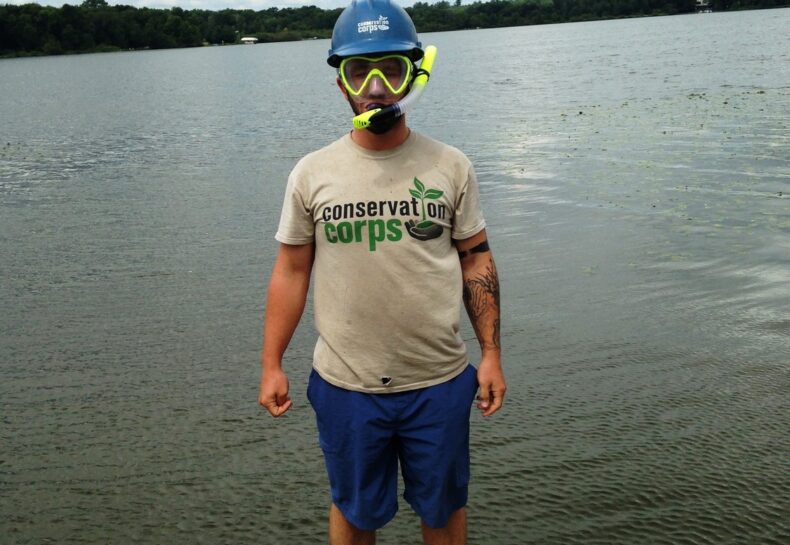
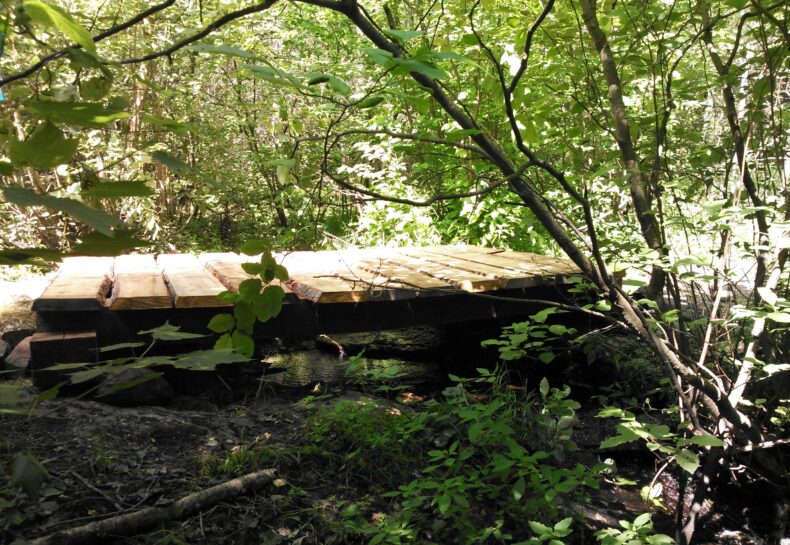
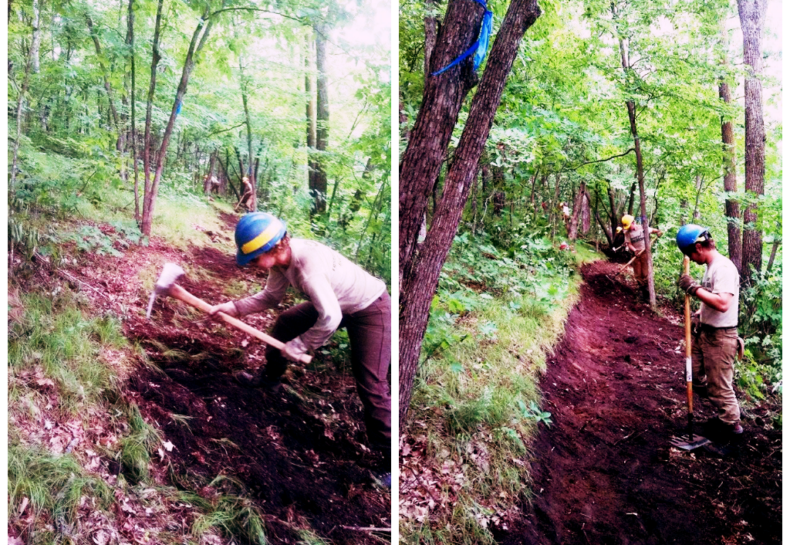
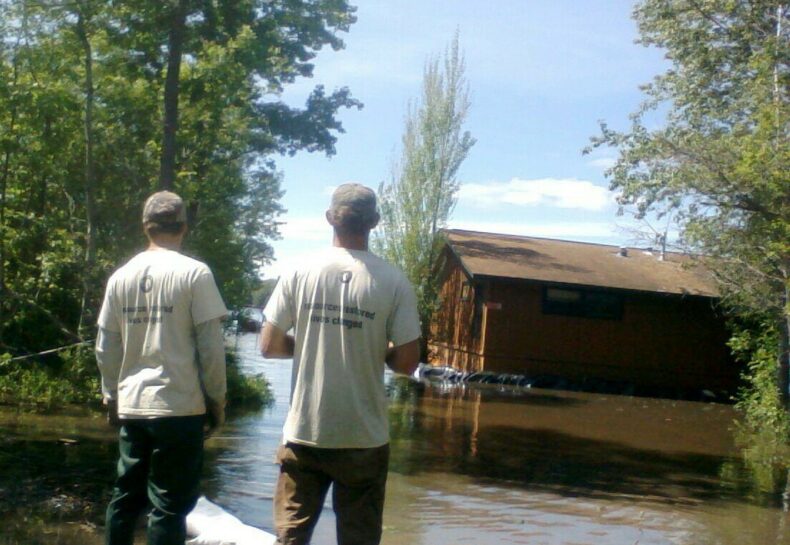
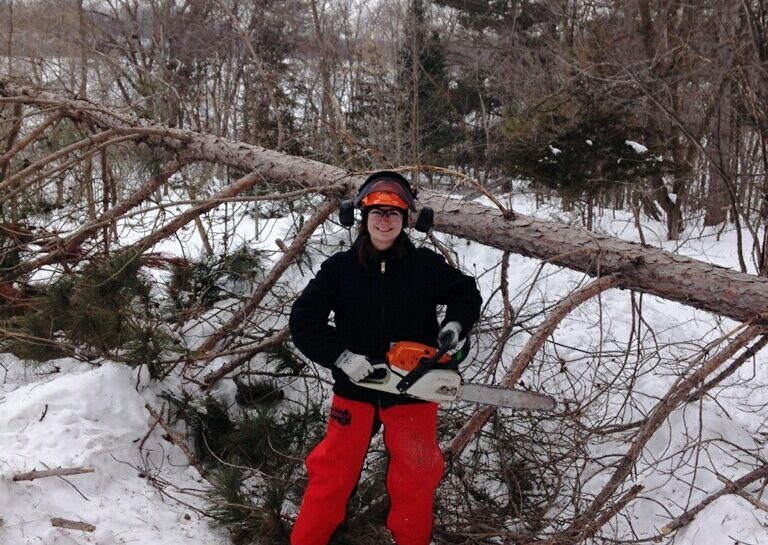
![Sherburne National Wildlife Refuge [Photo Blog]](https://conservationcorps.org/wp-content/uploads/2014/04/QZk72ON5sgKrKtuefuMZFFTlfUvRsmr8-FKy7bs66IQ7Y3VxIRU03ht-Vwx_vUAYcA3Dw1236-h661-790x545.jpg)
